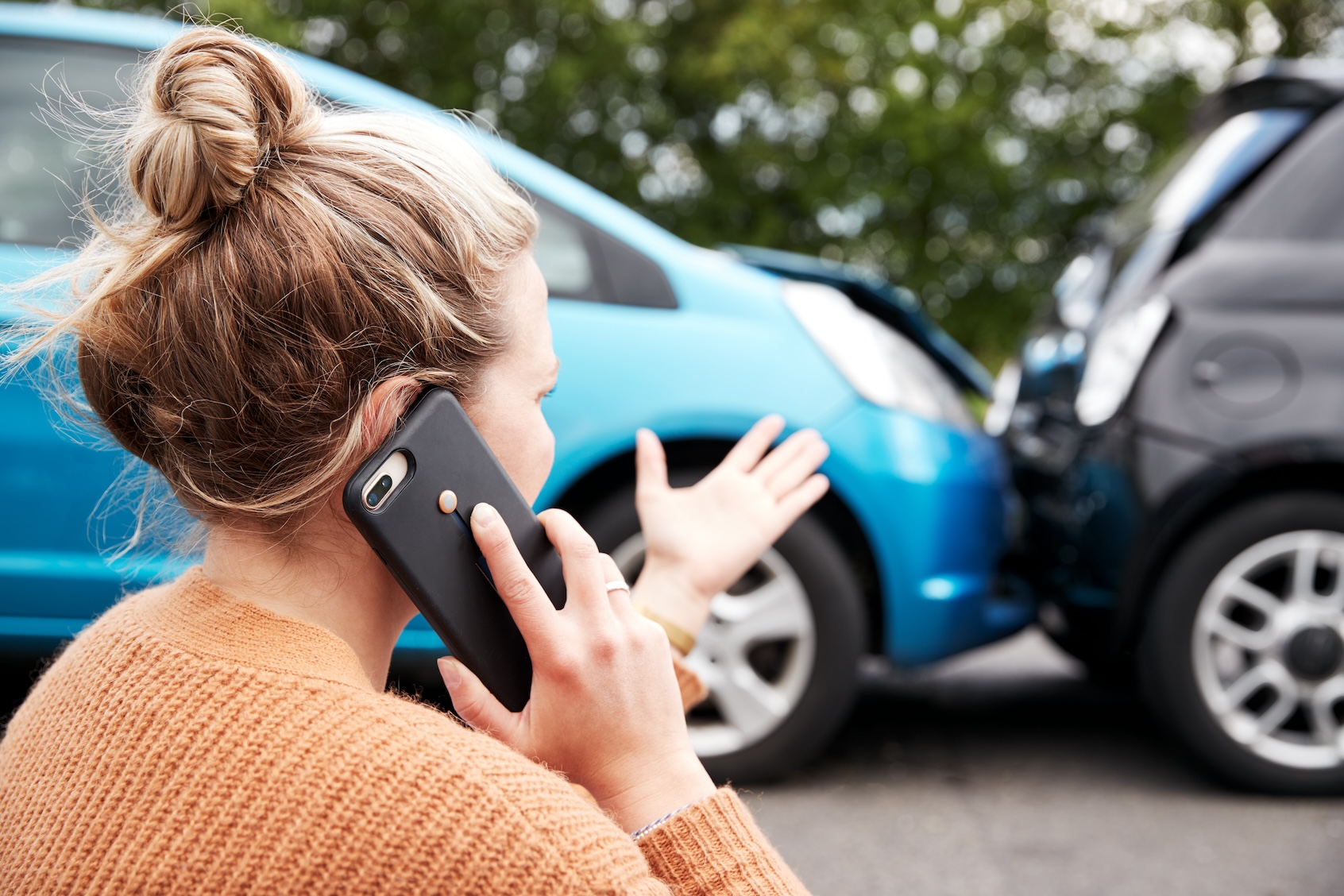Accidents can be overwhelming and stressful, but knowing what steps to take immediately afterward can help ensure everyone’s safety and protect your legal rights. Here’s a step-by-step guide on what to do if you find yourself in a car accident.
1. Ensure Safety First
Your safety, along with that of your passengers and others involved, is the top priority. If possible, move your vehicle to a safe location away from traffic. Turn on your hazard lights to alert other drivers and, if necessary, use road flares or cones.
2. Check for Injuries
Once you’ve secured the area, check yourself and your passengers for injuries. If anyone is hurt, call emergency services immediately. Avoid moving injured individuals unless there’s an immediate threat, like a fire.
3. Call the Police
Even if the accident is minor, it’s important to call the police. An official report can be crucial when filing insurance claims. When the officers arrive, provide them with an honest account of what happened but avoid admitting fault.
4. Exchange Information
Exchange contact and insurance information with the other driver. This includes names, phone numbers, addresses, driver’s license numbers, license plate numbers, and insurance details. If there are witnesses, gather their contact information as well.
5. Document the Scene
Take photos of the accident scene, including vehicle damage, road conditions, traffic signs, and any visible injuries. These visuals can support your insurance claim and legal case if needed.
6. Notify Your Insurance Company
Report the accident to your insurance company as soon as possible. Provide them with all the necessary details and documentation. Be honest about the incident to avoid complications later.
7. Seek Medical Attention
Even if you feel fine, it’s wise to seek medical attention after an accident. Some injuries may not be immediately apparent, and a medical report can be vital if you experience symptoms later.
8. Keep Records
Maintain a file of all documents related to the accident. This includes the police report, medical bills, repair estimates, and any correspondence with insurance companies.
9. Consider Legal Advice
If there are significant damages, injuries, or disputes over fault, consulting with a lawyer may be beneficial. They can provide guidance on your rights and help navigate complex legal processes.
10. Reflect on Prevention
Finally, take a moment to reflect on the accident and consider any measures that might prevent future incidents. This could involve defensive driving courses, vehicle maintenance, or simply being more mindful on the road.
By following these steps, you can manage the aftermath of a car accident more effectively, ensuring safety and protecting your rights. Remember, staying calm and collected is key to handling the situation smoothly.
Conclusion
Being prepared and knowing what steps to take after a car accident can make a challenging situation more manageable. By following this step-by-step guide, you can protect your interests, ensure your safety, and navigate the aftermath of an accident with confidence.
